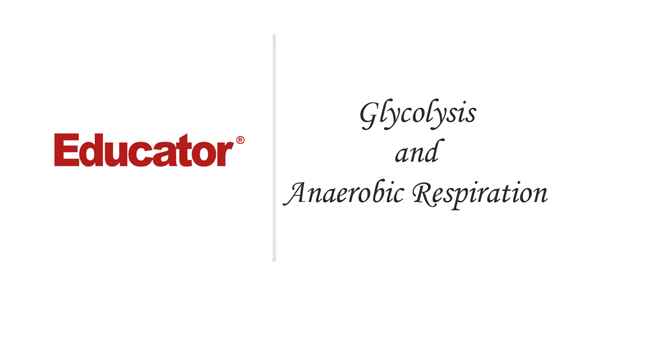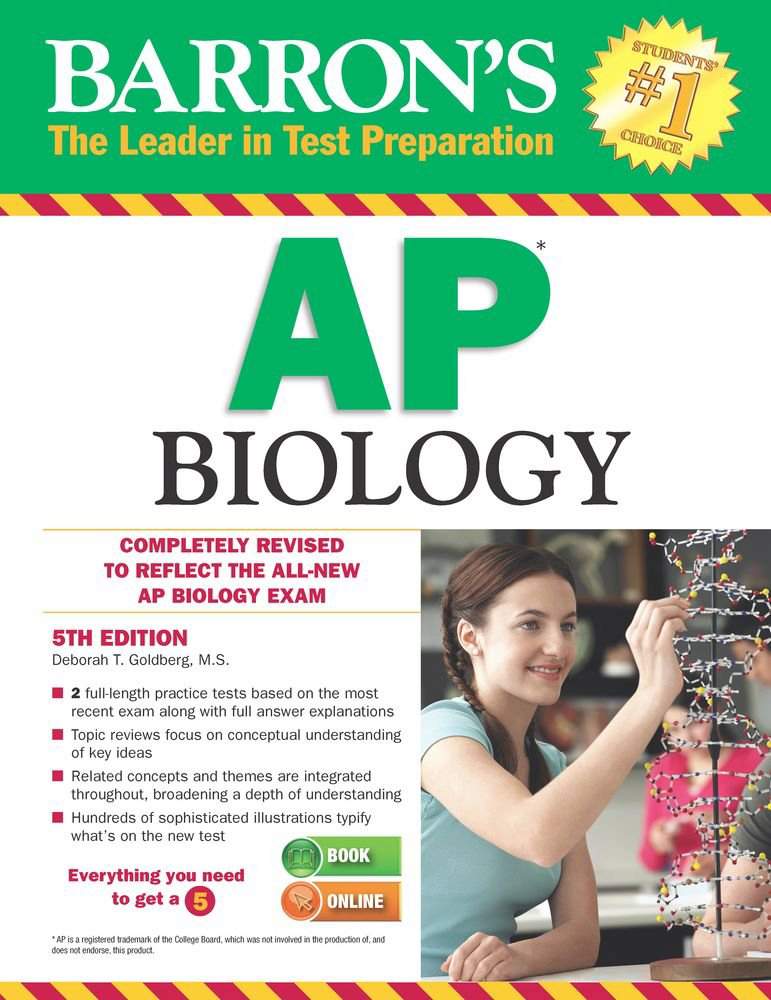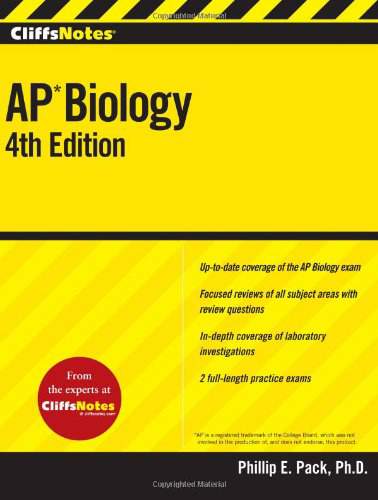Click video to play

For more information, please see full course syllabus of AP Biology
AP Biology Glycolysis and Anaerobic Respiration
The first law of thermodynamics says that energy can never be created or destroyed. It can just change forms. According to the second law, this increases the entropy (disorder) of the universe. The Gibbs Free Energy Equation defines the amount of energy in a system that can do work rather than being lost as heat. The change in G (ΔG) over a reaction shows the energy difference between reactants and products. ΔH is the change in enthalpy and ΔS is the change in entropy. Systems want to minimize their free energy. Exergonic reactions are spontaneous and release energy while endergonic reactions require energy to move forward. This energy is exchanged in the form of high-energy bonds in ATP molecules. Reaction-specific enzymes speed up reactions by lowering the activation energy.
Share this knowledge with your friends!
Copy & Paste this embed code into your website’s HTML
Please ensure that your website editor is in text mode when you paste the code.(In Wordpress, the mode button is on the top right corner.)
- - Allow users to view the embedded video in full-size.










































 Answer Engine
Answer Engine






0 answers
Post by Anthony Villarama on September 25, 2018
The discussion is not clear. It is very frustrating.
0 answers
Post by LeTaotao Xue on July 24, 2017
Thank you so much for this wonderful lecture!
0 answers
Post by Sazzadur Khan on October 30, 2016
Why are electrons attracted to electronegative molecules? Shouldn't the same electrical sign result in a repulsion?
1 answer
Last reply by: Joel Barrett
Fri Nov 7, 2014 2:02 AM
Post by Tim Zhang on October 22, 2014
Your lecture on the glycolysis helped me a lot. However I faced a really difficult question on this topic, could you help me solve this?
The question ask that average human requires about 2,000 kcal of energy per day, which is equivalent to about 3 mol of glucose per day. It is a lot calories! but why don't humans spontaneously combust?
1 answer
Sun Jun 24, 2012 6:16 PM
Post by michelle daane on June 11, 2012
Love these lectures, thank you so much.
When you refer to substrate level phosphorylation... how do we know what to consider the substrate? I would have called glucose the substrate, making step 1 and 3 examples of substrate phosphorylation?
1 answer
Thu Jun 21, 2012 12:21 PM
Post by Susan McConnell on May 26, 2012
I love these lectures, they're so clear and helpful :)
2 answers
Last reply by: Rebecca Bulmer
Sat Jul 20, 2013 5:17 PM
Post by William Davis on March 28, 2012
Really David Winski??? Get over it dude
1 answer
Sun Nov 27, 2011 4:11 PM
Post by David Winski on November 21, 2011
It's not "faculative," it's "facultative."